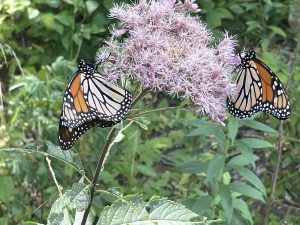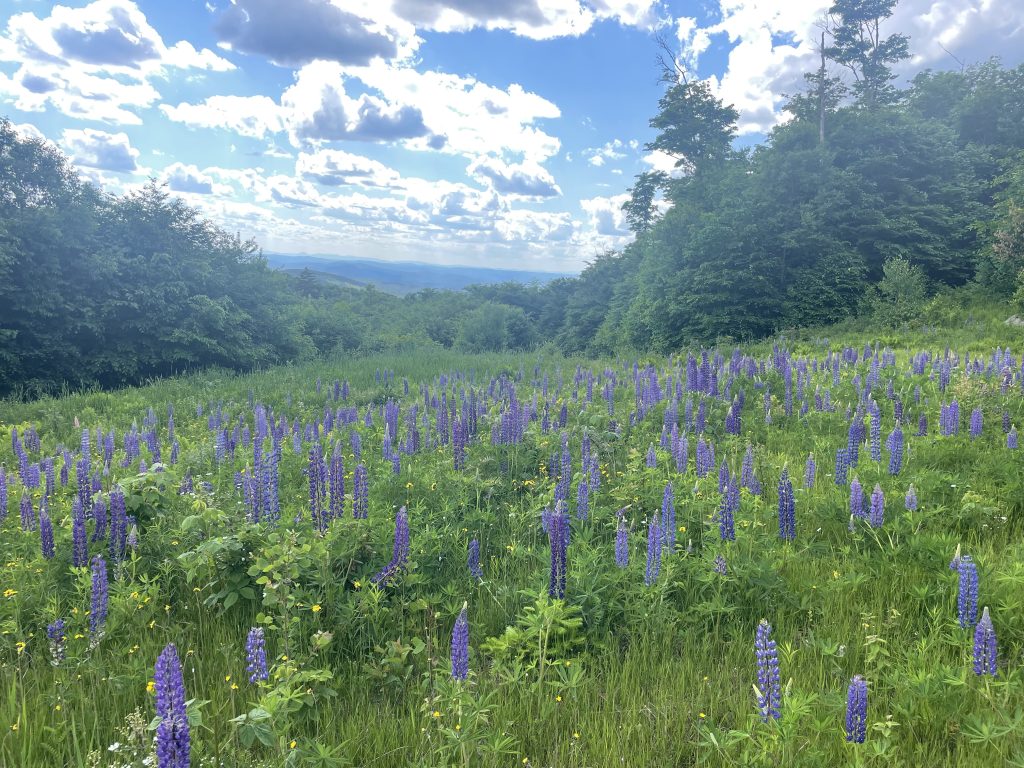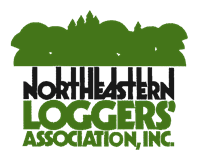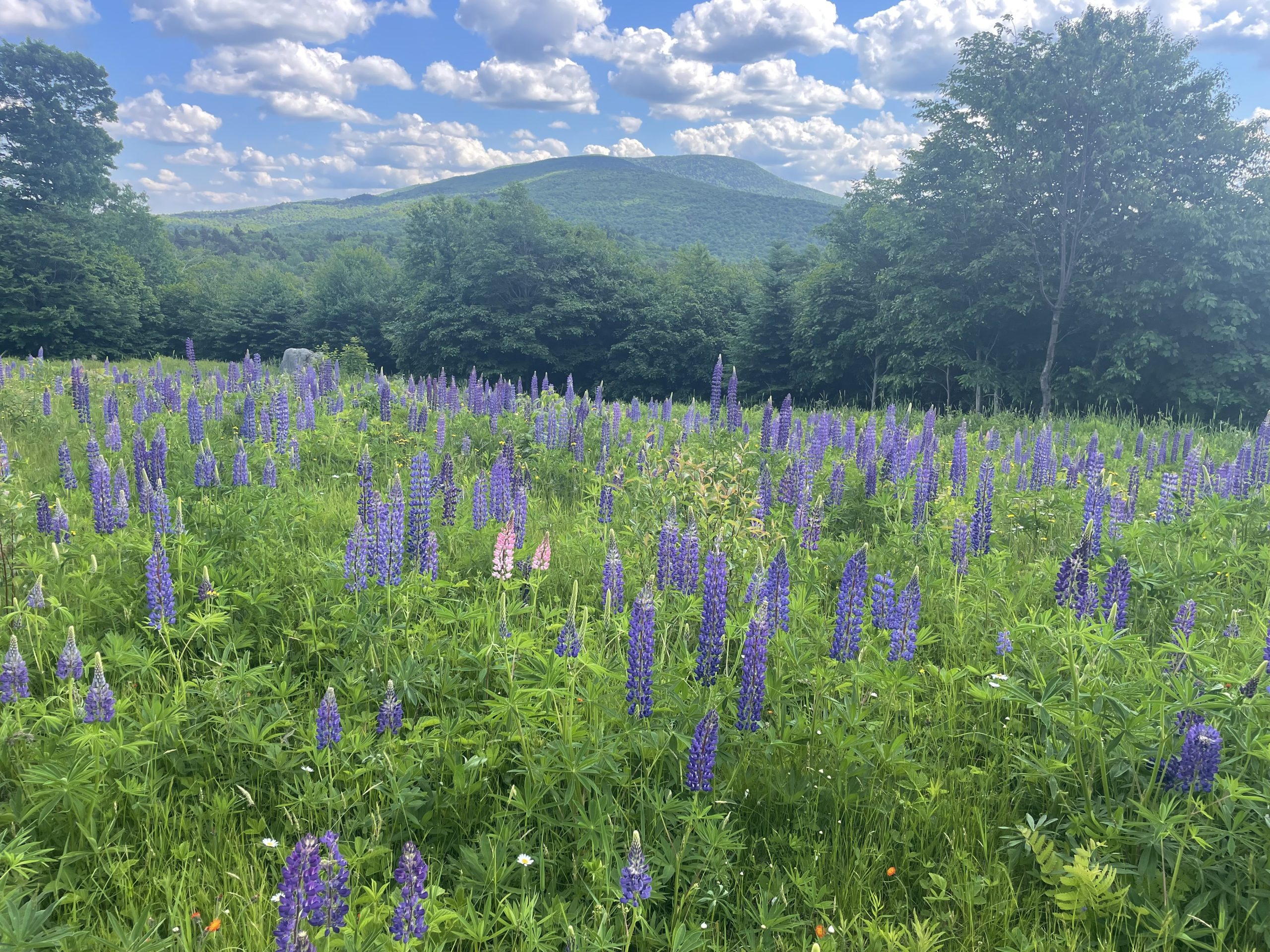Op-Ed
New Hampshire Current Use Law Celebrates 50 Years
Op-Ed by Tom Thomson and Andy Peterson
New Hampshire’s scenic landscape exists today due to the vision and actions of many taken 50 years ago. During the 1960s, the New Hampshire population was growing fast and so were our property taxes, particularly in the southern part of the State.
The owners of farms and forestlands saw the values of their land base rising faster than they could afford, so they began selling their farms and forestlands. Much of this rural land base turned into strip malls, poorly planned subdivisions, and additional roads and infrastructure which threatened two of our oldest NH Industries: agriculture and forestry.
What happened next was a campaign to amend New Hampshire’s Constitution. Our founders made revisions difficult (for good reason) by requiring that over two-thirds of voters must vote “Yes” to change the NH Constitution.
“What commenced was one of the most successful citizens' campaigns to amend the state constitution in our history,” said former New Hampshire Governor Walter Peterson. “‘YES on 7’ became the rallying cry of a broad-based coalition known as SPACE (Statewide Program of Action to Conserve our Environment), intent on providing a constitutional mechanism to allow land to be taxed based on its ‘current use value,’ and not its ‘highest and best use value,’ as the constitution then required.”
In 1968, Proposition 7 or “YES on 7” was approved by the people of NH by more than the necessary two-thirds majority, and on the same ballot, Walter Peterson was elected Governor of New Hampshire. Governor Peterson worked hard to be sure the Current Use Taxation law would meet the constitutional directive and ensure fair taxation on undeveloped farms and forestlands with any landowner who qualified.
Fast forward to 1973, when the NH General Court passed House Bill 307, which became the RSA 79-A, the Current Use Taxation Law. Governor Meldrim Thomson supported Current Use and signed this bill into law on June 28, 1973, with an effective date of July 1, 1973, which provided that no land shall be assessed under the act as open space land prior to April 1, 1974. The law also created a Current Use Advisory Board, which is attached to the NH Department of Revenue Administration.
The success of the NH Current Use Law over the past 50 years can be seen in the positive acceptance by over 42,000 Farm and Forest Landowners who have enrolled more than 3 million acres in NH. Our Current Use Law over the years has remained easy to understand. Unlike other states, enrolling land in Current Use and administering the program is simple.

Any landowner can choose to enroll their lands if they own 10 or more acres of undeveloped land. If one’s holdings are less than 10 acres and are used strictly for agriculture, or if a landowner has wetlands, these lands can also be enrolled in the Current Use program. The Current Use Advisory Board has developed a NH Current Use Criteria Booklet that can be found online. This document should answer any questions you may have about Current Use Law in NH.
We would not be celebrating 50 years of Current Use without the vision of many folks such as Elmer Johnson of Winchester, a Dairy Farmer, Farm Bureau member and State Representative who was the prime sponsor of HB 307 along with SPACE, NH Timberland Owners, NH Farm Bureau, Society for the Protection of NH Forest, NH Audubon and many others. Also instrumental were those who served the NH Legislature and Senate and both Governors, Walter Peterson and Meldrim Thomson, and the nearly 150,000 voters who voted “Yes” over 50 years ago to amend the state’s Constitution. Without everyone’s hard work and successful efforts, we believe NH would look much different than it does today. We have maintained our rural character by protecting our farm and forestland, which is why our NH Tourism remains our second largest Industry with a strong Recreation, Farm, and Forestry Industry.
We would like to share with you the “RSA 79-A:1 Current Use Taxation,” which lays out the true intent of what the NH Current Use Law is:
RSA 79-A:1 Declaration of Public Interest
It is hereby declared to be in the public interest to encourage the preservation of open space, thus providing a healthful and attractive outdoor environment for work and recreation of the state’s citizens, maintaining the character of the state’s landscape, and conserving the land, water, forest, agricultural and wildlife resources. It is further declared to be in the public interest to prevent the loss of open space due to property taxation at values incompatible with open space usage. Open space land imposes few if any costs on local government and is therefore an economic benefit to its citizens. The means for encouraging preservation of open space authorized by this chapter is the assessment of land value for property taxation on the basis of current use. It is the intent of this chapter to encourage but not to require management practices on open space lands under current use assessment.

We hope all of you who celebrate New Hampshire’s 50 years of the Current Use Law will take the time as you drive around NH, go for a hike in the woods, or enjoy recreational activities, to be thankful for the many who came together and worked hard to preserve New Hampshire’s beauty over the past 50 years. The scenic and rural character that we all love in New Hampshire has been preserved thanks to Current Use.
Tom Thomson is the son of Governor Meldrim Thomson. He is a public member of the Current Use Advisory Board and Tree Farmer in Orford, NH. Andy Peterson is the son of Governor Walter Peterson. He is a Former State Senator and Real Estate Broker in Peterborough, NH.

